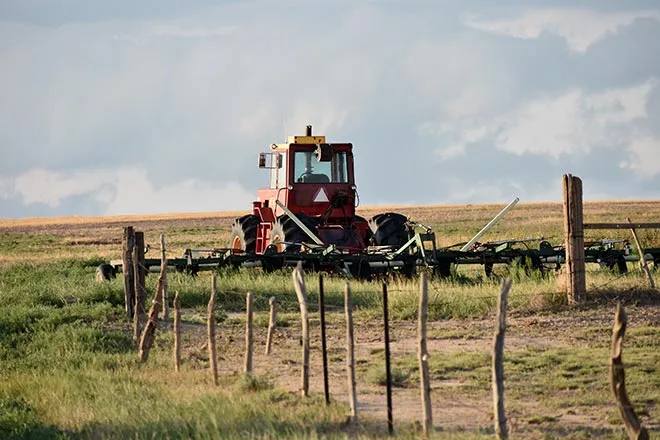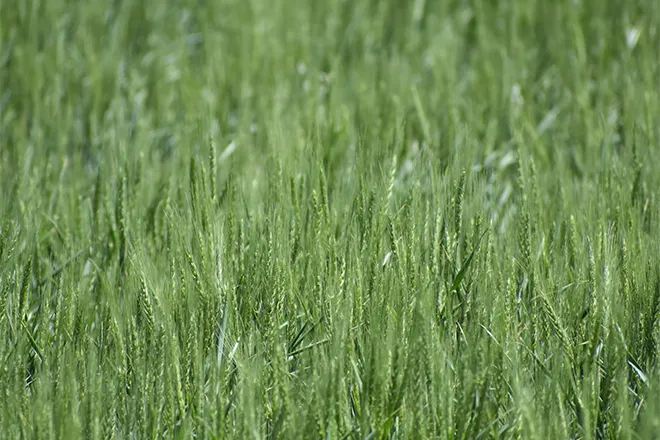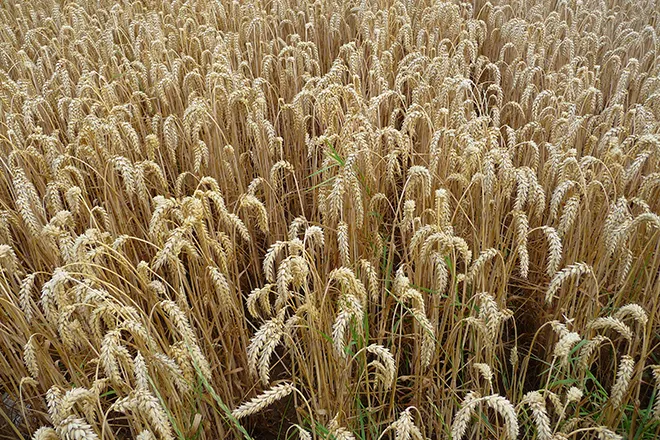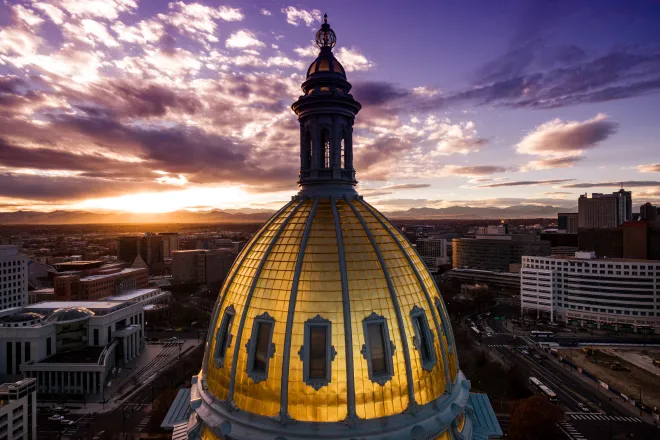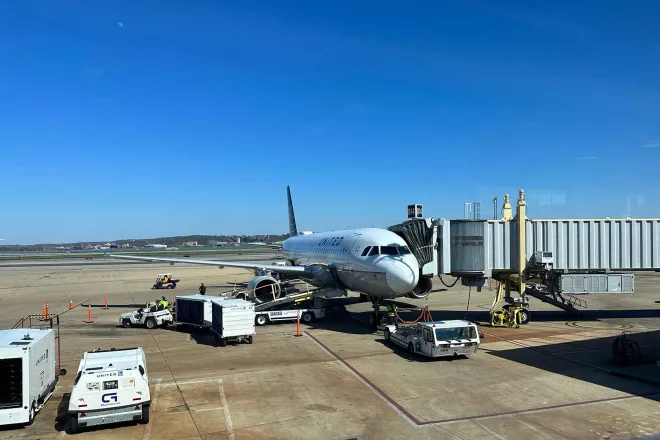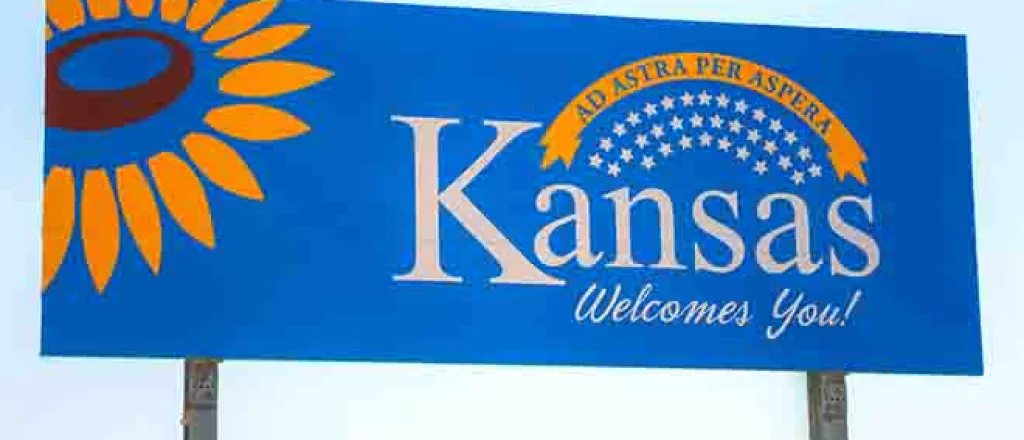
Kansas county bridge replaced with innovative design, contribution from soybean farmers
On a gravel road northwest of Scranton, a small Kansas town, a picturesque creek with overhanging trees shimmers with brilliant shades of green.
The beauty, though, hasn’t made up for the aggravation caused by high floodwaters that sweep the wooden bridge over that creek off its moorings to land about 30 yards or so away from the roadway, leaving the road impassable for area farmers, said Ryan Fine, Osage County public works director.
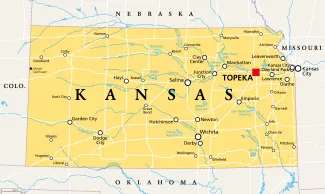
© PeterHermesFurian - iStock-1352430281
“That old wood one, it kept floating away. If we got a big, heavy rain, it would float down there, and we’d have to grab it out of the trees,” he said, gesturing down the creek. “The last time it happened, I said, ‘Leave that sucker in the trees. I gotta figure this out.’ ”
The cost of a new bridge, done with the typical bridge construction the county uses, would have been more than $300,000, Fine said. Instead, with the help of the Soy Transportation Coalition and the Kansas Soybean Association, the total bridge price was about $106,000, attributed to financial help and building a different style of bridge.
The new culvert bridge has walls, called headwalls, attached to the sides of the culvert and wingwalls that come out from there to help support the bridge, Fine said. Then large beams are set into the ground to a depth of four or five feet, he said. The top is covered with rock.
“Even if there is erosion from high water where it does go over this road, this should stay locked in place,” Fine said, then added with a smile, “OK, can’t say it would always lock in place, because water can do some amazing things. But this is going to give us a better chance of it staying put where it needs to be.”
First in Kansas
Fine said he remembered that Raylen Phelon, a commissioner at large for the Kansas Soybean Commission and vice-chairman of the STC, spoke at county meetings about help available for transportation projects.
He reached out and as a result, Osage County’s bridge became the first project in the state to use soybean checkoff funds set aside for such projects through the transportation coalition, Phelon said.
It’s also the first official use of the Soy Transportation Coalition’s report that was put together to offer innovative solutions for replacing and repairing rural bridges, Phelon said. STC is made up of 13 state soybean boards, the American Soybean Association and the United Soybean Board. The organization works to address transportation issues that affect the soy industry’s ability to move products.
The STC innovation report was designed to give counties options to consider when they replaced or repaired bridges, often with a significantly smaller price tag, said Kaleb Little, CEO of the Kansas Soybean Association. So along with $4,500 for the engineering costs on the project, they want to support creative thinking to solve problems that impact soybean farmers, he said.
A new style of bridge that includes beams driven four or five feet into the ground replaced an old wooden bridge that kept moving downstream when it flooded. (Submitted)
Soybean checkoff
“What I really am tickled about is we’re using checkoff dollars,” Phelon said of the $4,500 check presented to Osage County. “It’s farmers’ checkoff dollars, from when they sell soybeans. It’s one-half of 1%, or a nickel every bushel with the prices right now, and it’s coming right back into the county, to where the farmers are at.”
Using checkoff dollars is a win-win for everyone, from the county and taxpayers to the farmers at the local level, he said.
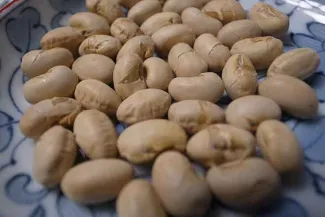
Soybeans. FlickrCC - Toshiyuki Imai
Phelon said he became involved in STC because, as a soybean farmer, he knows how important infrastructure is. It was evident when a small bridge near his Melvern farm was getting to be unsafe, but if it had closed, he would have had to go miles out of his way to transport his crop.
“We can grow fantastic crops, but if you can’t get them to market, it affects your price,” Phelon said. “What are you going to do with an overabundance if you can’t move it? Also, it helps the consumer. If we can get it to them, it’ll help their prices be better.”
Phelon said STC supports projects around the country, including a large project at the Port of Grays Harbor in Washington state. Farmers can’t always make the connection to how that project halfway across the country helps them, he said.
But two railroads go from the Midwest to Port of Grays, where soybeans are put on ships and sent around the world, Phelon said.
“So taking products that are grown here in the United States, putting them on a boat and selling them — it helps our price,” he said. “There’s been maybe a little bit of pushback from Kansas farmers to say, well, we don’t sell any soybeans to China. I said wait a minute. Maybe not directly, but if Nebraska is selling them, we’re going to fill that void. And we need to be in that ballgame.”


